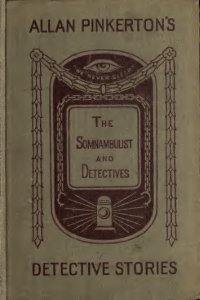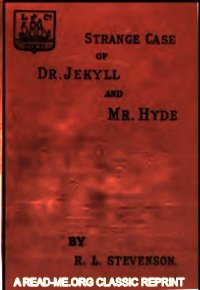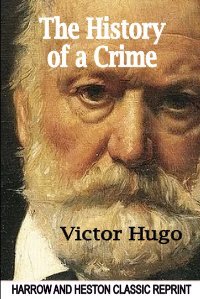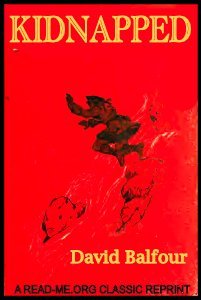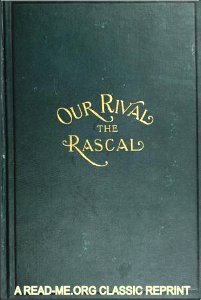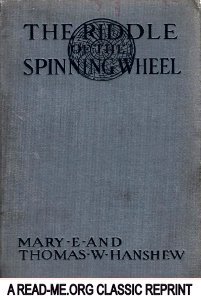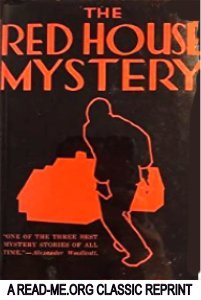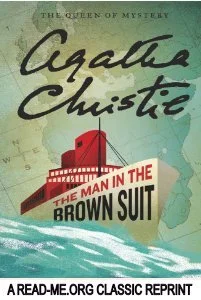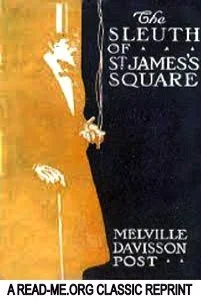By Benjamin P. Eldridge and William B. Watts.
A Faithful Portrayal of the Conflict Between the Criminals of This Age and the Defenders of Society, the Police. “AS we sit in our office chairs, our rival, the rascal, leers down at us through a thousand masks. He is reckless, gay, demure, stolid, dogged, sullen, surly, threatening, desperate. He has the smirk of the confidence man, the furtive glance of the sneak thief, the scowl of the burglar, the menace of the murderer. The moulds of every vice and crime which the world knows are ranged before us in a single group of pictures -- the photographs which compose the Rogues' Gallery. Our rival, the rascal, was born before the beginning of history. He has existed ever since knavery sought to outwit honesty and villainy attacked by force or fraud the natural right of man to life, liberty and the pursuit of happiness. In the earliest conditions of society the honest man fought the rascal singlehanded Or with the chance help of his neighbors. With the advance of civilization, came the institution of the standing safeguards of watchmen and constables, culminating at length in the great disciplined forces of our city police. From the farthest stretch of tradition down to the present hour society has been fighting our rival, the rascal, day and night, with all its accumulating powers of defence and suppression, and yet the rascal has not been subdued and for ages to come he will doubtless continue to defy the law and infest the earth. Still the advancing experience, organization and deter- mination arrayed against him have succeeded, at least, in making his path in life a painful tramp over rocks and thorns with traps and pitfalls threatening his feet at every step. Between him and the grand organization of the defenders of society, simply summed up in the term, the police, there is an undying rivalry and an incessant contest, the one striving by every hook and crook to blind the eyes or escape the clutch of the other which in turn is constantly spurred on to meet craft with craft and foil every new shift of resourceful villainy by redoubled alertness in detection and capture. In the following pages we have designed to show the rascal of to-day in his multiform bodies and faces. We have distinguished, as sharply, and vividly as we can, the varying types in our Rogues' Gallery. We have depicted the bunco man, the sneak thief, the burglar, the forger—the trickster and ruffian of every known stripe. We have shown what conditions make or mould them, how they plan, how they work, what covers they seek, and how the police in turn plan and work to forestall, deter, detect and capture them.”
Boston, MA: Pemberton Pub. Co, 1897. 433p.




